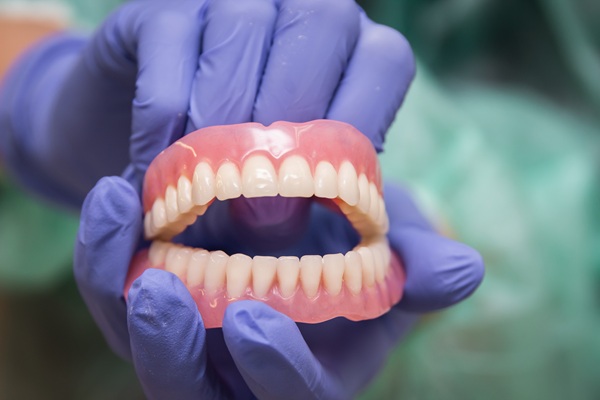How a Dental Sealant Protects Teeth from Cavities

Thinking about getting dental sealant treatment? Dental sealants are a vital tool for preventing cavities or tooth decay. Tooth decay is a prevalent condition among children and teenagers, and when unchecked, it can lead to other serious oral issues such as premature tooth loss and gum disease. In combination with other preventive care measures such as excellent home oral care routine and biannual dental checkups, dental sealants can improve the tooth’s defenses against tooth decay and keep the mouth healthy.
How dental sealants protect the teeth
Generally, dental sealants are meant to protect the molars from bacteria and food debris, which form plaque on the teeth. The molars and premolars at the back of the mouth have pits and fissures that trap food and are often harder to clean. Therefore, most cases of tooth decay occur on the molars. The decay-causing bacteria hide in the grooves of the chewing surfaces of those teeth. Due to their location in the mouth, it can be hard to brush the teeth properly using a regular toothbrush.
If a dentist examines the child's mouth and finds them to be highly susceptible to tooth decay, they may decide to apply a dental sealant over the teeth. The sealant becomes a barrier, stopping food particles and bacteria from collecting over the tooth enamel. Dental sealants do not improve oral health directly and are not designed to substitute other preventive treatments such as fluoride application and general oral care. Usually, sealants are a comfortable, inexpensive, and aesthetically pleasing way to protect the teeth from needing dental fillings.
Applying dental sealants
Dental sealants are made from a liquid plastic material that hardens over the teeth. First, the dentist will carefully clean and prepare the molars. With a brush, they will paint the sealant over the targeted teeth. The sealant is usually tooth-colored, so it does not stand out after application.
After the sealant is applied uniformly over the teeth and to the dentist’s satisfaction, it may be either left to harden on its own or exposed to a unique curing light, depending on the type of sealant used. The light hardens the sealant over the teeth to achieve a clear layer of hard, thin, resilient, and protective barrier. The application of dental sealants is completed within one dental appointment and is completely painless.
When to apply the sealant
Sealants are typically first applied as soon as the primary molars erupt. Depending on the child’s oral care habits, the sealant may survive the entire lifetime of the primary teeth or require multiple replacements. The durability of sealants mostly depends on the oral habits of the patient.
The dentist will suggest applying a sealant over the permanent molars immediately after they erupt. That way, the teeth will be protected before there is a case of tooth decay. It is inadvisable to apply sealants over a tooth that has had a dental filling.
Do you need dental sealants?
Dental sealants prevent bacteria and food particles from gathering on the chewing surfaces of the teeth, thereby preventing the occurrence of tooth decay. The dentist will check the condition of the sealant and reapply if it starts to deteriorate. If you have additional questions about the procedure, contact our office for an appointment.
Request an appointment here: https://rowleyfamilydental.com or call Rowley Family Dental Center at (978) 364-8516 for an appointment in our Rowley office.
Check out what others are saying about our dental services on Yelp: Dental Sealants in Rowley, MA.
Recent Posts
Dental sealants are commonly made of composite resin, a tooth-colored material that protects teeth from enamel damage and decay. Dental sealants can also be made of a glass ionomer or polyacid resin material. It can be helpful to discuss all of the different types of dental sealants with a dentist before choosing the most appropriate…
Dental sealants are a popular general dentistry procedure that many individuals consider to protect their teeth. Both children and adults can benefit from sealants as there are many associated advantages. The placement is very easy and pain-free, which is advantageous for patients of all ages. This fact is a great reason to find out more…
Dental sealants provide a simple but effective preventive solution to the issue of tooth cavities developing on chewing surfaces of the back teeth. The back molars have pits and fissures for chewing, but they tend to trap food debris, and the bacteria they harbor are often hard to clean, despite regular brushing. Applying dental sealants…
Dental sealants are an excellent preventive treatment to protect the teeth against decay. The dentist will recommend the treatment if patient is particularly prone to cavities or if the child is still learning to take care of their teeth. This article covers the functions of dental sealants as a preventative treatment.Dental sealants are plastic-like coating…


